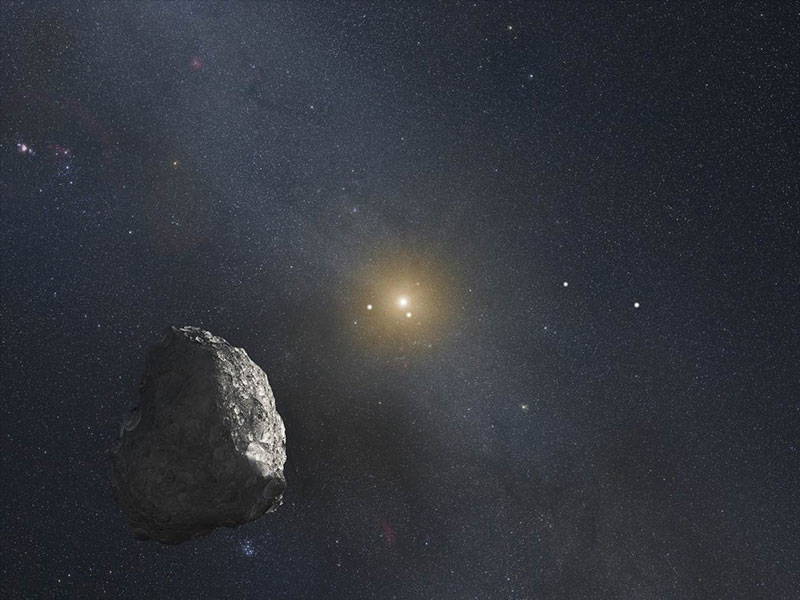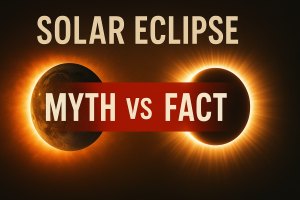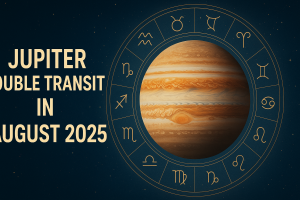What is the Kuiper Belt?

Known as the Kuiper Belt, that vast cold area holds billions of dusty objects that formed in the past solar nebula. In 1943, famed astronomer Kenneth Edgeworth predicted that large bodies and comets may exist beyond Neptune. And in 1950, astronomer Lorimer Ewing claimed that a strange “icy” belt existed beyond that outer boundary of our solar system that consists essentially of ice. This icy object is called the Kuiper Belt by many astronomers.
The Kuiper Belt has proved itself to be a rich source of data about the orbits of various Kuiper Belt objects. That belt is thought to be cooling and thick enough to hold many icy comets. When such icy objects enter the inner Solar System, they can be caught by the gravity of other planets. Thus, these celestial bodies can often form a swarm of orbiting objects called a Kuiper swarm. For ground-based astronomers, observations of these close-by objects are helping them to determine the orbits of comets.
Comet scientists have also discovered many unusual comets passing very close to the outer edges of our own solar system, and they give rise to the name’Hale-Bopp’. Amateur astronomers who detect and observe strange Kuiper Belt objects have spotted comets that are not as common as you might think. Cometary satellites like Hale-Bopp, and others like Hale-Bolt and Swift-ISE also give astronomers another great way to detect unusual comets. These so-called Hale-Bopp-like objects are relatively rare, but a lucky discovery could be a good way to pin down an unusual cometary companion.
Comet discoveries have also opened up a new class of missions to study the nature of unusual comets. Several studies of these new horizons have found a consistent pattern of fuzzy, dim icy material surrounding fuzzy-ice objects. It looks as if a water ice nucleus is wrapped around the fuzzy icy chunks. New theories about comets have also shed new light on the origins of our solar system itself. Comets have been theorized to have played a significant role in the evolution of life on Earth.
Amateur astronomers’ first encounter with kuiper belt objects came in 2020 with the discovery of Halley’s Comet. A strange feature was noticed by the LISA (Lungs For Interplanetary Research) mission, which happened to be orbiting around Halley’s primary star in the distant skies. A fuzzy reddish spot was found around the nucleus and was eventually discovered to be more than ten times as massive as Halley’s Comet at the same distance. This odd discovery earned amateur astronomers the most publicity in years, and led to the naming of the new class of “Kuiper Belts” as they were named after the strange object.
Objects have been discovered to be in such an outer space environment for just as long as scientists have been around. There are some theories that the belts may have formed as a result of collisions between comets or even within the Solar System itself. Many of us believe in the theory of panspermia, that is, life having a birth through an impact. If this is true, then we must be able to find bodies within the Kuiper Belt that have managed to survive the massive bombardment which occurred when our Solar System was formed.
Although many of these objects were discovered by amateur astronomers, the real discovery was made by NASA through its orbiting satellite, Messenger. Through a mission called Planck, NASA was able to detect the main component of this unusual solar system, the main-belt material. This discovery earned Messenger the Nobel Prize, but also opened up new ways of looking at this odd space environment. In order to study the distribution of matter in space, you have to understand it is not like a particle, or in fact that it isn’t a particle at all. The object is actually made up of many thousands of smaller particles, called “interacting” elements, which are passing close together and interact with each other on a regular basis.
Because of the regular interaction, these interacting elements form a network. These networks are what astronomers use to locate these bodies in space. The discovery of this network led to the new name “Kuiper” for the outer edge of this network. It is interesting to note that the astronomers did not think it was possible to find such large objects in our Solar System until Messenger found them. It may take a few more decades before this discovery is made official by either NASA or another observatory.




